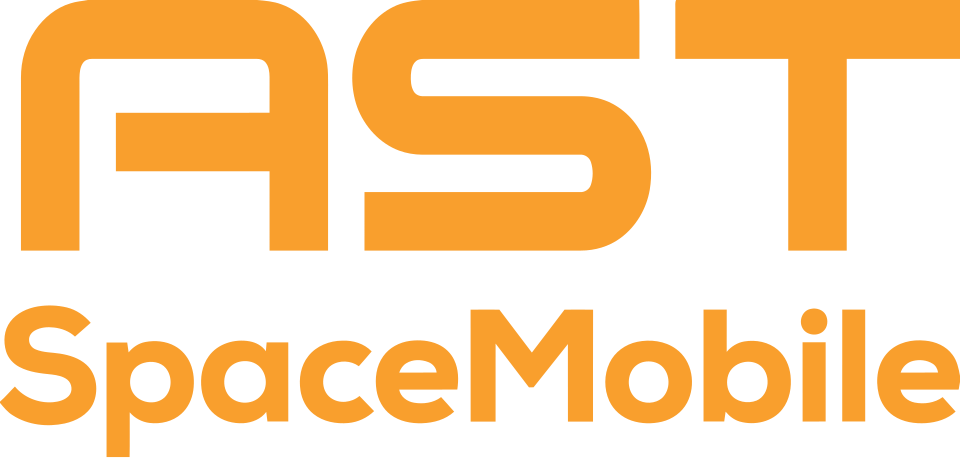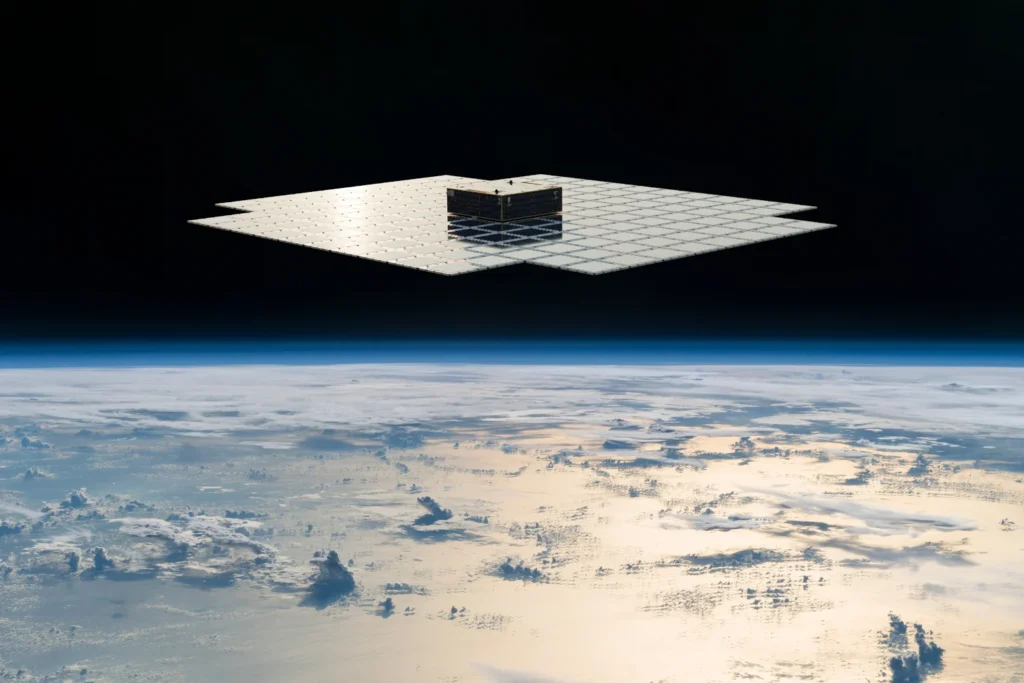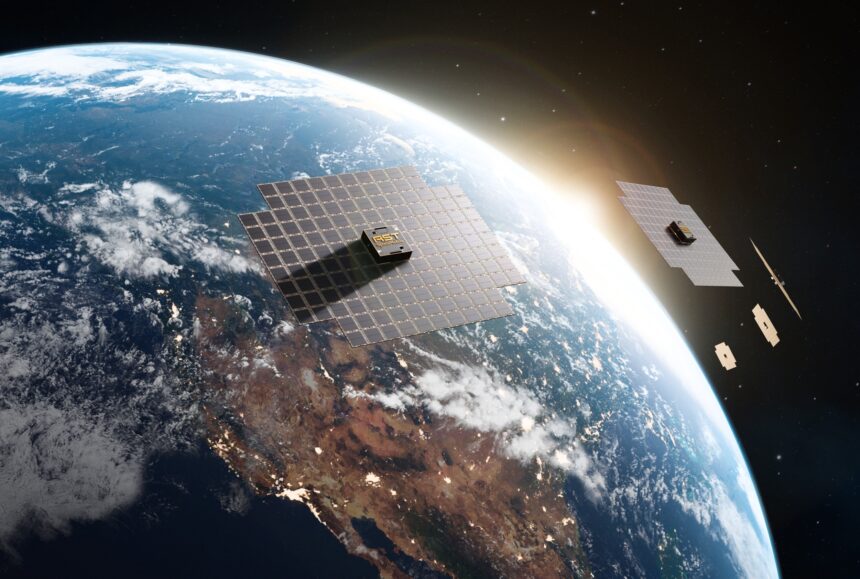AST SpaceMobile clears another regulatory hurdle as the U.S. Federal Communications Commission (FCC) grants experimental approval for its giant second-generation satellite. The approval brings the Texas-based company closer to launching its ambitious satellite-to-phone internet system that connects everyday smartphones directly from space.
What’s Happening & Why This Matters

AST SpaceMobile receives an experimental license from the FCC to test its FM1 satellite. This massive satellite, spanning about 200 square meters, is nearly three times larger than its first-generation BlueBird satellites. Weighing almost 13,000 pounds, FM1 carries a phased array antenna that functions like a cell tower in space.
The satellite intends to provide voice, video, and data services directly to smartphones in remote areas without traditional cellular coverage. Major U.S. mobile carriers, AT&T and Verizon, plan to partner with AST on this initiative.
Despite opposition from SpaceX, which promotes its own Starlink cellular service with T-Mobile, the FCC processed AST’s application. SpaceX challenged AST’s proposal, citing concerns about orbital debris and satellite safety; SpaceX urged regulators to reject the application.
AST responded by calling SpaceX’s objections “unfounded” and accused the company of blocking competition. The FCC, led by Chairman Brendan Carr, requested some clarifications but supported the expansion of U.S. satellite communications.

AST plans to launch FM1 soon and begin beta service early next year. However, full commercial service depends on deploying a constellation of 45 to 60 BlueBird satellites. Currently, only five first-generation satellites orbit Earth.
To deliver these satellites, AST has contracts with SpaceX and Blue Origin. FM1’s launch is scheduled on an Indian space vehicle.
TF Summary: What’s Next
AST SpaceMobile’s FCC approval for the FM1 satellite cites progress toward delivering “space internet” directly to smartphones. AST needs to deploy enough satellites that provide consistent coverage.
The new satellites challenge existing providers — like SpaceX — and impacts the future of space telecom. AST’s success could revolutionize remote and underserved accessibility for millions.
— Text-to-Speech (TTS) provided by gspeech


